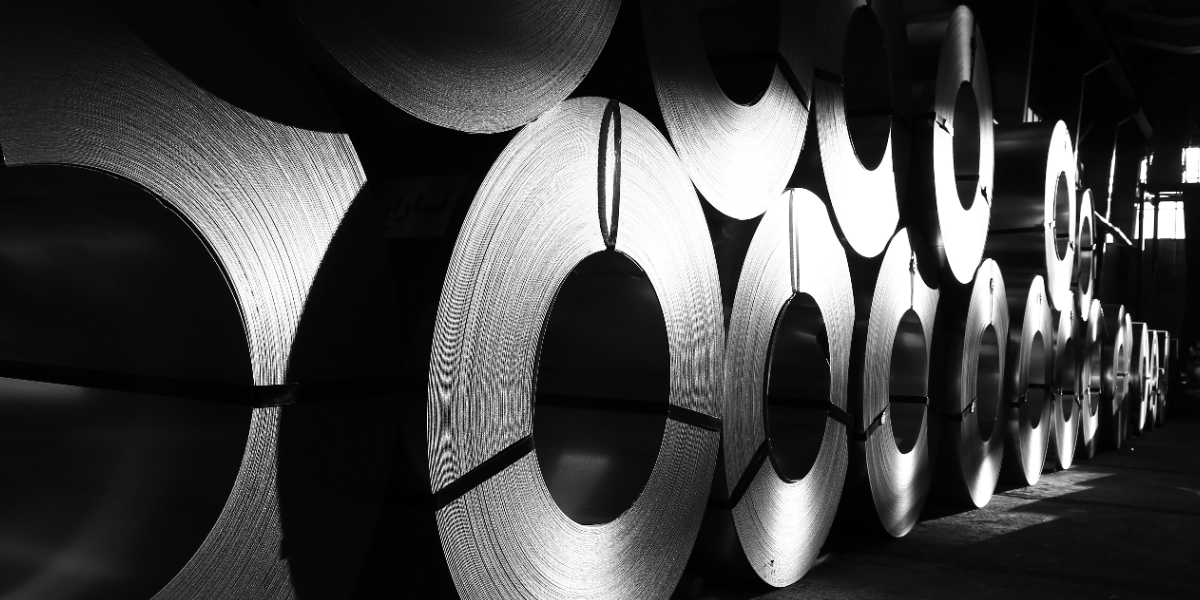We're exhibiting at E-World | Register & Secure your Meeting
Germany, Essen | 11-13 February
Germany, Essen | 11-13 February
1 November 2024
Lili Strege

On December 18, 2023, the former UK government announced plans to introduce a UK Carbon Border Adjustment Mechanism (CBAM), followed by a public consultation that closed on June 13, 2024. This week, the Labour government responded to the consultation alongside the release of the 2024 Budget.
Read our previous CBAM overview, here.
The UK CBAM is an import tax that introduces pricing for carbon dioxide emissions embedded in certain goods. Domestic sectors covered by the UK Emissions Trading Scheme (UK ETS) pay a carbon price for each tonne of CO₂ equivalent they emit in their industrial activities.
To prevent carbon leakage from international competition, some domestic industries receive free allowances under the UK ETS.
As the CBAM will apply similar carbon pricing to foreign producers selling in the UK, it will be aligned with the new approach to free allocation from 2027. This will mean that free allocations could be phased out, though the government has not given any public statements on this.
Stay ahead with our latest insights on expected adjustments to free allocation allowances: UK ETS Authority Publishes Fresh Consultation and UK ETS Consultation Package 2024.
Starting in 2027, importers will be responsible for reporting relevant imports subject to CBAM obligations.
Goods will incur CBAM fees at the point of release for circulation on the UK free market. Importers will pay the ‘UK CBAM rate’ directly to HMRC through a yet-to-be-established system.
There will be an initial five-month window for return submissions, beginning five months after the end of the first accounting period (i.e. after 31st December 2027 until 31st May 2028), with quarterly reporting starting in 2028.
Across 5 sectors, specified products will be liable to the CBAM: Iron and Steel, Aluminium, Fertilisers and Hydrogen. The original proposal included Glass and Ceramics Sectors, which have now been removed from the scope.
A provisional list of commodities included in CBAM is available in Annex B of the consultation response.
A UK-based importer will have to register as liable person. The registration of imports for liabilities under CBAM will be required as soon as the cumulative annual threshold to a material value of £50,000 in CBAM goods is foreseeable or has been exceeded.
The CBAM rate is designed to mirror the absolute domestic carbon price paid by industries that are subject to the UK Emissions Trading Scheme (UK ETS). Each sector will be allocated a quarterly ‘UK CBAM rate’ , applicable per tonne of embodied Carbon dioxide equivalent emissions attributed to CBAM goods.
UK CBAM rate = Net domestic carbon price = Average UK ETS Auction Price of the relevant quarter – Allowances allocated to Industry for free - Industry support schemes
Direct emissions, i.e. emissions resulting from the manufacturing process, indirect emissions i.e. emissions embedded in the electricity used during the manufacturing and emissions embedded in precursor products will be regarded.
If a carbon price has already been paid for in the production country, this monetary value can be deducted from the UK CBAM obligation.
From 2027 to 2028, importers will use HMRC-provided default values specific to each product, reflecting average global emissions based on the UK’s weighted distribution.
After 2028, importers can use actual emissions, as verified by an approved body, or where unavailable use the default values provided.
Alongside monthly compliance checks, security measures will be put in place to counter evasion of all complexity. The current VAT penalty point system will lend itself to the CBAM framework to penalise late submission of CBAM returns, late payments and misclassification of imported products. Non-compliant entities could face criminal penalties for fraudulent evasion of UK CBAM obligations.
The UK CBAM is modelled on the EU’s CBAM that was introduced to the EU customs union in October 2023.
EU importers currently report relevant imports and, starting January 1, 2026, will be liable for CBAM payments for embedded emissions in the sectors Cement, Iron and Steel, Aluminium, Fertilisers, Hydrogen, and Electricity.
In the consultation response, the UK government “notes the frequency of requests for international alignment on CBAM scope, particularly with the EU CBAM. Botch schemes are under continues review of their sectoral scope.
The UK CBAM is explicitly designated as a tax and will require importers to pay based on embedded emissions reported to HMRC.
On the other hand, the EU CBAM will operate on a digital CBAM registry, where importers should purchase CBAM certificates to hold a minimum 80% of their annual requirement in their accounts at the end of each quarter.
The government “notes the frequency of requests for international alignment on CBAM scope, particularly with the EU CBAM.
The product level scope of the UK CBAM as published in Annex B of this publication aligns with that of the EU CBAM where sectoral scope also aligns…”
HMRC will draft primary and secondary legislation to present to Parliament.
Industries will gain access to a comprehensive communications package with outline of liabilities and procedures under the mechanism.
The government also intends to establish a UK CBAM industry working group and a CBAM international group in the near future, emphasising on global collaboration.
CFP Energy can support your organisation to mitigate your risk and navigate CBAM with clarity, contact our team here.
CFP Energy is proud to have been recognised in the Environmental Finance Environmental Market Rankings 2025.
Decarbonising the Future: ETS Reforms & Net Zero Solutions - The latest industry report from CFP Energy features the insights of John Booth as well as the results of a survey of data centres across the UK, France and Germany. Operators were questioned on their net zero progress and future outlook for decarbonising their operations.
On November 28, 2024 the UK government launched a consultation on expanding the scope of the UK Emissions Trading Scheme to include the maritime sector from 2026.